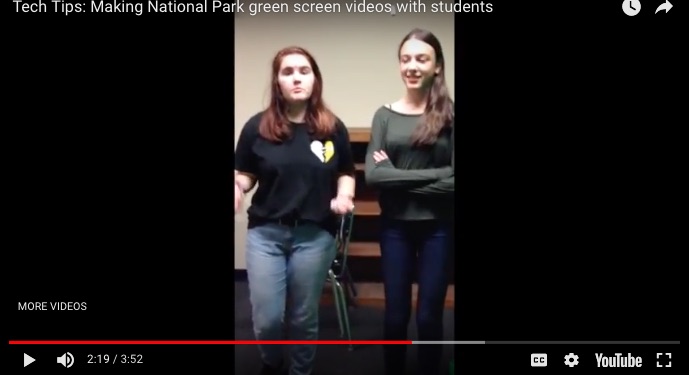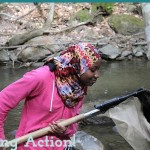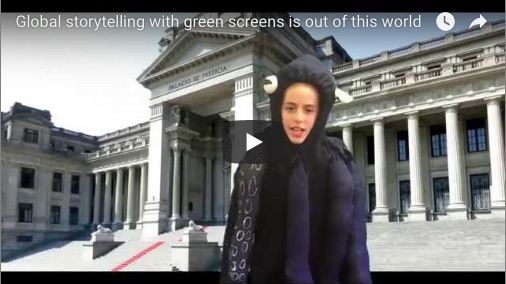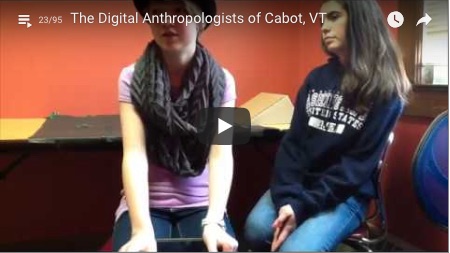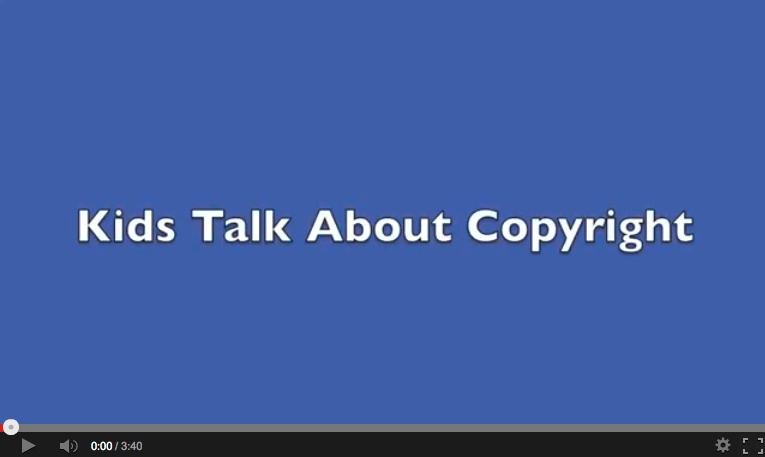On this episode of The 21st Century Classroom:
It makes me happy to come to school every day, because I show up and I’m like, I know I’m able to do this because I changed the way it was. Like I’m happy that I feel like I’m being heard, like appreciated.
Today we’re going to listen in on a conversation between three students from Orleans Elementary School in Barton, Vermont.
I had the honor of interviewing these students in a very open-ended format that starts with the question “What do you find meaningful about school?” and lets it flow from there. These students talk about about the importance of community, the empowerment of student voice and choice, and offer some brilliant insights about how and why schools can adapt to serve the needs of so-called “troublemaker” students.
Before we start, a little bit about Orleans Elementary School.
It’s home to 125 students from kindergarten to eighth grade, with grades 5-8 considered the middle school. It’s nestled in the part of Vermont referred to as the Northeast Kingdom, within a few miles of the clear cold deep waters of Lake Willoughby. The middle school sits on the second floor of the two story building, with math taught by Shannon Laliberty, science taught by Sarah Hisman, and humanities taught by a two-person team of Andrea Gratton and Kyle Chadburn. These teachers have worked hard to move toward personalized learning practices such as project based learning and increasing student voice and choice.
Personalized learning does not mean individualized learning, though. While you are listening to the conversation, consider this question: How do students see relationships and community as keys for supporting personalized learning?

Annabelle: I guess I can go first. The most meaningful thing to me about school is probably like, community? Because I feel like I learn better knowing that there’s people there for me? And like, who will help me if I need some help or I don’t understand something. It’s nice. Like, academics are what you’re there for, but it’s nice to have a support system and people that you know you can go to if you have trouble with something.
Braden: One of the things that I find really important is being able to work at your own level. Because you don’t want to be stuck back with things that you know how to do? But you also don’t want to be way ahead of what you know how to do.
Bianca: I think that what’s most important is like… what Annabel said? It’s that you know that there’s people that can help you when you need help or something? When you need to talk to someone or something. I feel like that’s a nice part of it, yeah.
Life: I’m hearing two different things. Help me understand it. Are they in opposition or is there a way they go together? Because Annabelle, you said ‘community’ and ‘working with other people’ — and Bianca, you said that too — but Braden, you said being able to go ahead or behind sounds like individualistic to me. Do these things not go together or what?
Braden: They can go together. If you’re working at your own level, you may still need a little bit of help understanding something, and if you don’t want help, then you don’t need help, you can just go by yourself.
Annabelle: Yeah. I feel like it’s nice not always having someone like, *there* with you so you can be by yourself and it’s nice that you can go at your own pace. But it’s also nice to know that there’s always going to be someone there if you need to step back and get some help. Or you don’t know exactly what to do. You are an individual but there’s always someone that you know is going to be there for you if you really need it.
Bianca: I like that we can like… we can be independent and we can do stuff by ourselves? But like, there is someone that you can meet to get help from.
Life: Does ‘community’ mean something other than just getting help from somebody with your learning? Are there other ways that you see community in schools being important?
Braden: You can get support from your community, but community will also not only help you, but it’s possible that they’ll try to stop you from doing something that you want to do. Community can be good, but it can also be bad if the community you are around isn’t good.
Life: Yeah I’m gonna need an example.
Braden: I’m talking about a classroom community. You’re in a class, right? And there’s always going to be those couple of troublemakers in your class. And some people will choose to listen to them and it’ll hold them back. Because they are around a good community, they’ll hang around these people that misbehave, then they’ll start misbehaving, then that group sort of grows. And as it grows, there’s less people that will actually behave and listen.
Annabelle: I feel like it’s… another thing that’s for community in school is not just like teachers and students, it’s like students and students. I know that I don’t always need to ask a teacher a question because I know that there’s going to be like, “Oh, I know this kid’s really good at science.” So, since the teacher is busy, I’m going to ask [that student] my science question because I know he’ll help me.
And then also, I feel like teachers are part of your community because when I come into class, they ask me questions like, “Oh, how was your basketball game?” or “I heard that your brother had a concert the other day, how was that? How’s your weekend go?” And it really makes you feel like, welcomed and that they actually care about you. So that’s nice to know that they care about you. That’s community for me.
Life: Is that important for your learning? Or just for like… just feeling good about stuff? ‘Cause I was a math teacher and I definitely knew other math teachers who just say, ‘You know, math is math, and we got to know the math. We’re going to focus on the math, and I don’t necessarily have time for a lot of soft stuff and that kind of thing.’ So, are you saying that when your teachers know you and care about you, that helps you learn?
Annabelle: Yeah. I feel like because I feel comfortable around them because they know about me and they are curious to know about me, that I feel comfortable asking them questions or telling them stuff that might be preventing me from learning? Like if I go through something that’s like really frustrating or rough, I feel like I can tell them. Because it might be stopping me from learning. Like, if my pet died and I was really upset about it, and I couldn’t focus because I was just thinking about it. I feel like I could tell them about it and they’ll be able to help me and be like, “Oh, it’s okay, we’ll just figure this out and then I’ll help you focus back on your learning.”
Braden: No matter who you are or when you walk through the door, they’ll ask you a question like, what Annabel was saying like, “How was the basketball game?” and stuff like that. I’ve seen them do it to every student.

Bianca: Like, in the morning, not when we’re in class, but when we’re outside about to go in? Someone will always be like, “Hey, how was your weekend?” Or “Good morning.” It’s always just good to feel that way, get a good start of your day.
Life: That’s cool. Are there other things that happen to help community happen other than just teachers going out of their way to check? Are there certain things within school that you feel bring you together as a community?
Annabelle: We do have Town Meeting. Which is basically when we all come together, all the middle school, and the middle school teachers. And we talk about what’s going to happen for the afternoon — because we have afternoon activities about team-building and stuff like that. And we give the teachers suggestions on what we think should change, and–
Braden: –there’s recognitions.
Annabelle: Yeah, recognitions. We talk about recognitions where they… students and teachers can recognize you for something. So, a week or two ago, there was a kid who recognized someone else just for like holding the door open and just always being kind to them. And so they recognized that. After that, the kid steps forward and everyone claps for him and stuff like that. It’s really nice to feel like everyone can see the good things that you’re doing? And it feels nice to be noticed by everyone.
Braden: Well, also in Town Meeting, we have privilege of the floor. Basically, you go up share whatever you want. And it could be something like: can we try this out? It’s nice to have your own voice in the community as well. Because those ideas will be brought up to Miss Hastings. Then, a couple of students will go talk to her about it, and then we’ll see if it works. We’ll do our trial period, and sometimes it works and sometimes it doesn’t.
Annabelle: Like, we used to have a no-gum rule? And a lot of students talked about it, and shared how we wanted to have gum in school again. Because we thought that we were responsible enough to take care of it, and throw it away and be appropriate. So, we talked to the teachers about it, and then they said, ‘Well, get some information together, and then talk to the principal’. And so we talked to the principal, and we shared our feelings and why we thought it would be different this time? And we ended up getting a trial period, and after the trial period, we still are allowed to chew gum in the middle school now.
Life: Whoa. Seriously? That happened this year?
Annabelle: Yeah. That happened this year.
Life: Nice. So, do you think that student voice is big here? And why is that important?
Annabelle: Student voice is definitely big here because we have changed a lot of things, because not only with Town Meeting, like our classroom, some of our classrooms upstairs, we have couches and beanbag chairs and stuff like that because the students *voiced* that comfortable seating would help us learn. So we helped design and changed all that.
It makes me happy to come to school every day, because I show up and I’m like, I know I’m able to do this because I changed the way it was. Like I’m happy that I feel like I’m being heard, like appreciated. I feel like, I come in everyday — like I’m proud the rooms changed I’m like, now everybody gets to have a good time, and sit on the beanbag chair and read because my class decided that we wanted to change this thing. It makes a better experience because of something that I said and the teachers listened.
Our last project was about community and we designed our own spaces of how we wanted the room to be and then we picked out the materials we wanted to have. We saw what we could reuse and change? And we created a new learning space for everyone and we researched for a while for it to figure out what would work best for our class, for the rest of the class, for the rest of middle school. And like what would work best to help people learn as well, so we made sure that there were tables, so people could work and sit and there were comfortable sitting spaces where people could read or talk, discuss, kind of thing.

Braden: You… come to school knowing that you help changed, improved something. But what else is important about student voice is, things aren’t just going to stay the same forever. Things are going to keep changing and improving. And if things just stayed the same forever? Most people say they don’t like school because it’s boring, because they do a bunch of learning and don’t get to have fun. You really come to school to get educated. But here, you get a lot of student voice. So you shouldn’t come to school thinking, ‘Oh, I’m going to have to sit down and listen to the teachers all day.’ I get to talk to the teachers and see what I want to change, and bring it up, and if it gets changed then, yay. but if it doesn’t, I’m still fine because I know that other people can still change things in our school.

But what happens when the needs of an individual are not being met?
What happens when the official process isn’t working?
In our democracy we are supposed to leave room for public dissent and protest. What John Lewis famously calls “good trouble.”
Life: I’m just wondering how this fits in with the troublemakers that you mentioned earlier.
Braden: The troublemakers, people are friends with them who still behave. But over time, they start actually doing what the troublemakers say, and then they are one of the troublemakers. Student voice. And the troublemakers. If one of the troublemakers tries to change something but nobody else agrees, he’ll keep trying. And he’ll keep annoying people. And they’ll keep bugging people until it gets changed. That could definitely get annoying.
Annabelle: I feel like also because we have student voice, some of that like people getting in trouble happens less often than it used to? Because I’m an older kid and I remember when we didn’t have as much choice. And there was kids that used to get in trouble every single day. Because they are a certain type of learner, like they’re a hands-on learner. And they just get talked at every single day. And so couldn’t learn and so they’d get in trouble a lot.
Now that, like, some of the kids that are troublemakers or that don’t learn the same way as others can voice their opinion? And really change how they learn so they don’t get in trouble as much because they kind of are able to understand better? Because of the way it changed. They would have been happy if that one thing was changed. And they probably wouldn’t have gotten into as much trouble.
Life: That’s so interesting. Because it seems like you two have like slightly different views on it, right? I’m wondering, Bianca, what do you think about this idea of troublemakers?
Bianca: I think that the student voice has made the troublemakers, probably who learn different, not get in so much trouble because they get to change things. They actually get to voice what they want to change. Like what Annabelle was saying, I think that they’ve gotten a lot less trouble than they would because they get to change what they want.
Life: Is this convincing you at all, Braden?
Braden: A little bit, but I still think that sometimes they just do it for the attention. So student voice may have no impact on some of the troublemakers at all because they just want attention. But yeah what they said has changed my opinion on it.
Life: Nice job. That means a lot. Not many people can actually be open and listen, and change when they got something.

Amazing, right?
Engaging in dialogue and allowing your opinion on something to change because of it?
More great modeling of what we hope for in a democracy.
This last exchange also connected with the research of Carla Shalaby. She presents it in compelling terms in her book Troublemakers: Lessons in Freedom from Young Children at School.
Her thesis, drawn from intensive observations and extensive interviews with elementary students, is that we have a lot to learn from students who don’t fit well with school. That they offer insights into how we could transform schools into more humane and democratic environments. It is a powerful and influential study that is well worth reading for educators of all grade levels and roles. At the end of her book, Shalaby adds a letter to teachers. It’s titled “On teaching love and learning freedom.” In it, she says:
“These are times to remember our power as teachers. In no other profession do people have the opportunity to literally create a parallel world – a world that is safer, fairer, freer. The four walls of your classroom can be the world we want, hope for, dream of, rather than the world we have now. It can allow children to practice the skills they need to create and to sustain a place where people are neither shunned nor labeled; a shared, public space in which every community member is treated as a free person, an invaluable person, a gifted and good and loved person.”
Annabelle: I feel like it’s kind of… it’s their job to teach us, but also, it’s our job to learn kind of. Snd if you don’t really listen to us, we’re not going to want to learn from you. Snd we’re honestly probably not going to like you. If you give us the opportunity to try feedback, we’re more likely to listen to you and… we’re more likely to respect you a lot. I respect my teachers a *ton*. Because they listen to me and they make me feel like I’m important and I’m a good human being. So I feel like I respect them a lot and they’ve really like changed my life. Because they let me… say what I think.
Braden: It’s kind of like you respect my opinion and I’ll respect you, in general, because if our opinions don’t get heard like Annabel said, we’re probably not going to like you. If everything is decided by students though, then school wouldn’t be school. It’d just be: you sit and play on phone all day.
Bianca: I think that teachers should think about it like this way: so, if you have a student voice in your school, then it’ll most likely make it easier for you when you grow up because you feel like you can put your ideas out there.
Annabelle: Also, like think of being in our spot, like how great it would feel for you if you were our age and you were able to like change something about your schooling, like if you had one thing that you want to change, and you are able to change that, that would feel really cool and really good, and they might like affect your whole experience.
Just thank you, literally. Because, before, it was really difficult to learn, so thank you for trying. Like, even if you’re going to get there and even if you’re like you’re trying to figure it out right now? Like thank you for trying and thinking of us. Because it’s really helpful, and yeah.
Narrator: The 21st Century Classroom is the podcast of the The Tarrant Institute for Innovative Education at the University of Vermont. This episode about student voice was produced by me, Life LeGeros. Huge thank you to Annabel, Bianca, Braden, and their teachers at Orleans Elementary School. Our theme music is “Sunset” by Meizong and Yeeflex, the Argofox release. The series producer is Audrey Homan. Thank you for listening everybody, and don’t forget to make some good trouble out there.
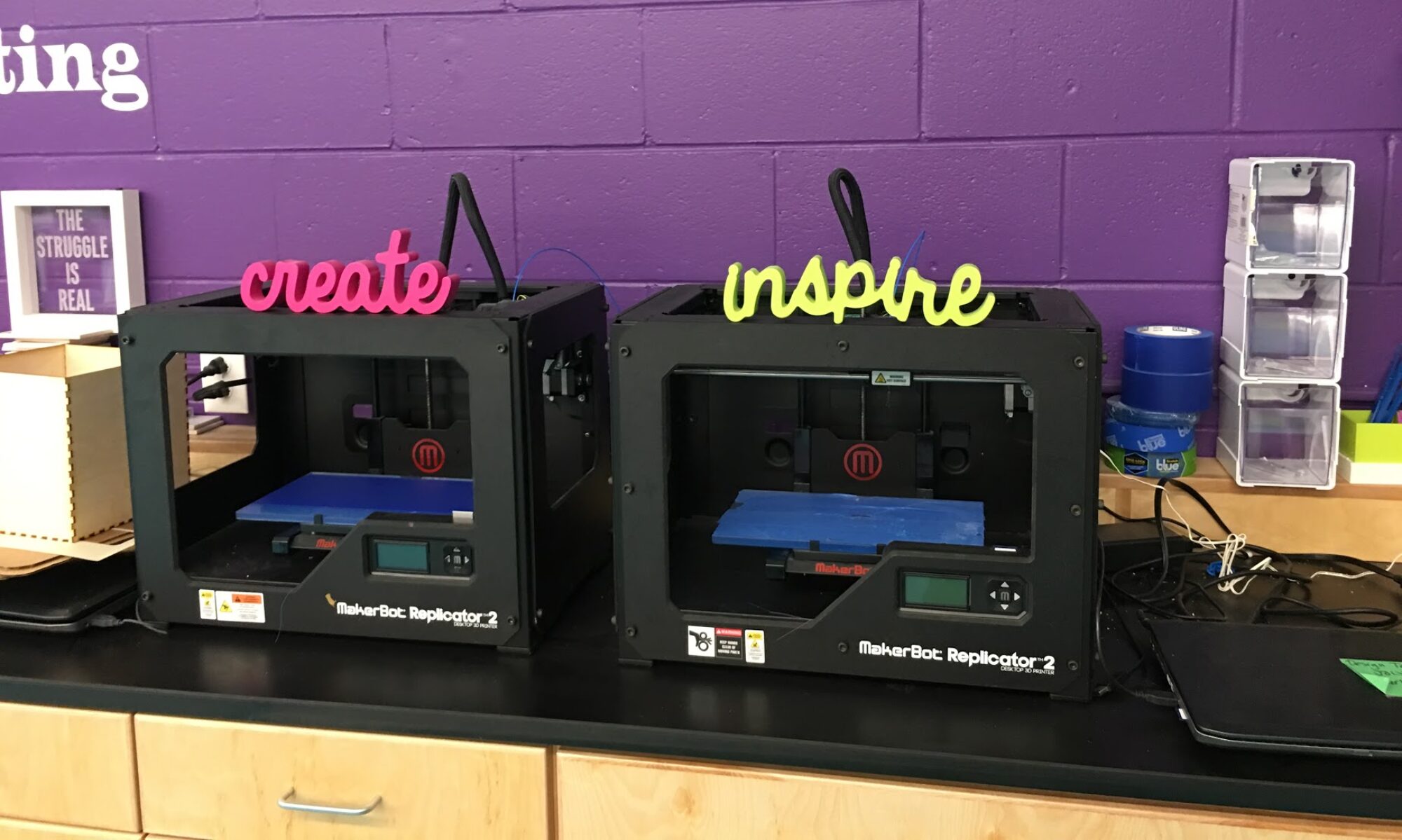

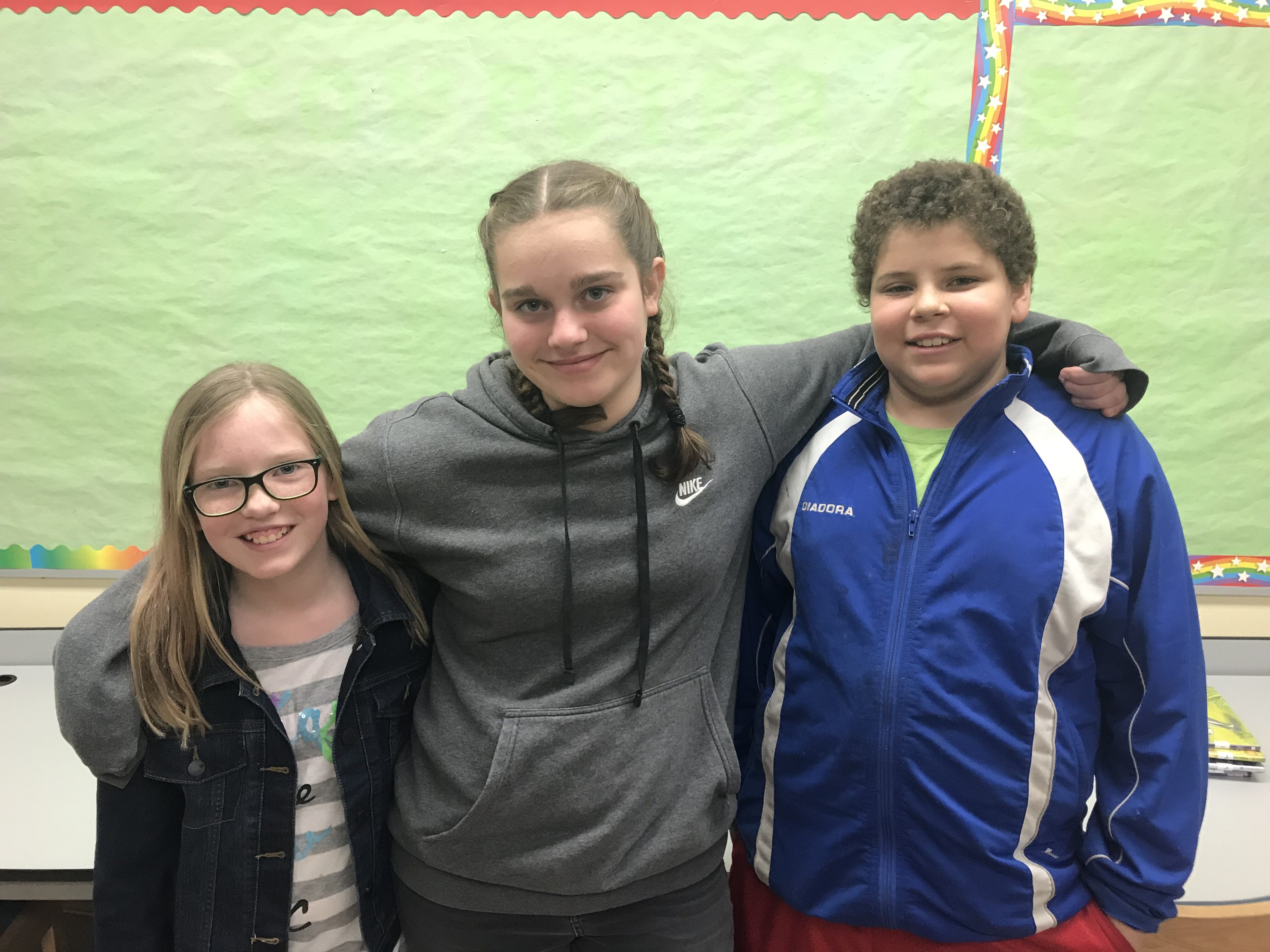
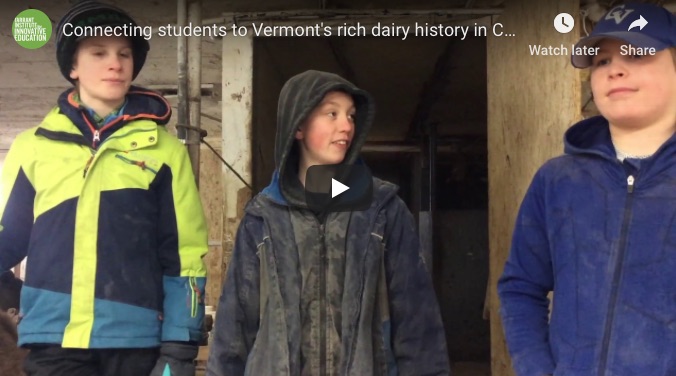

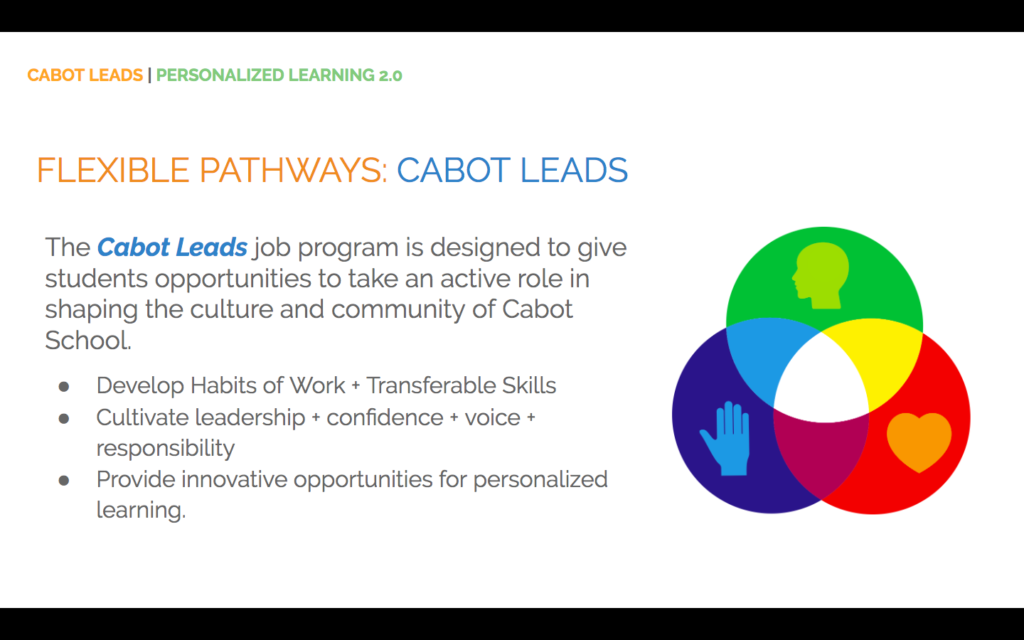
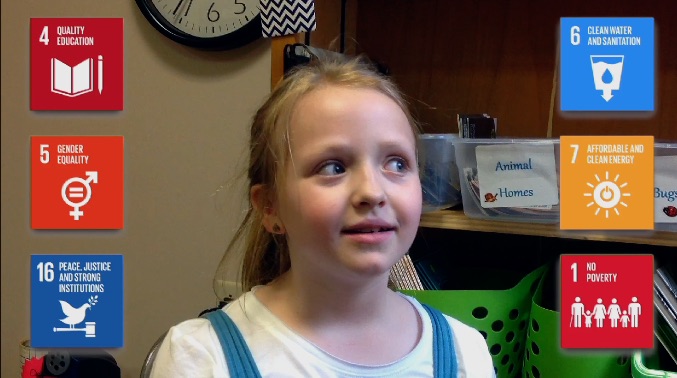

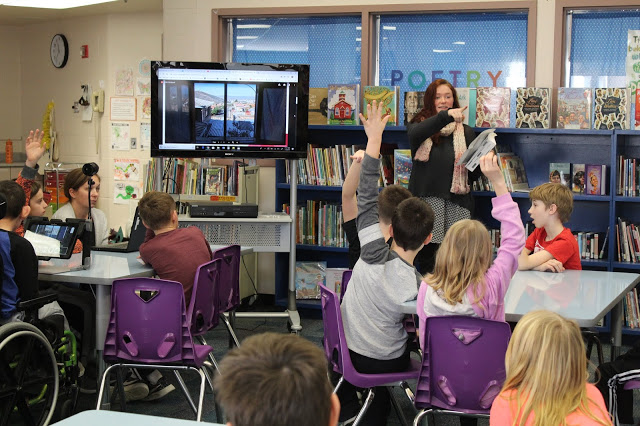
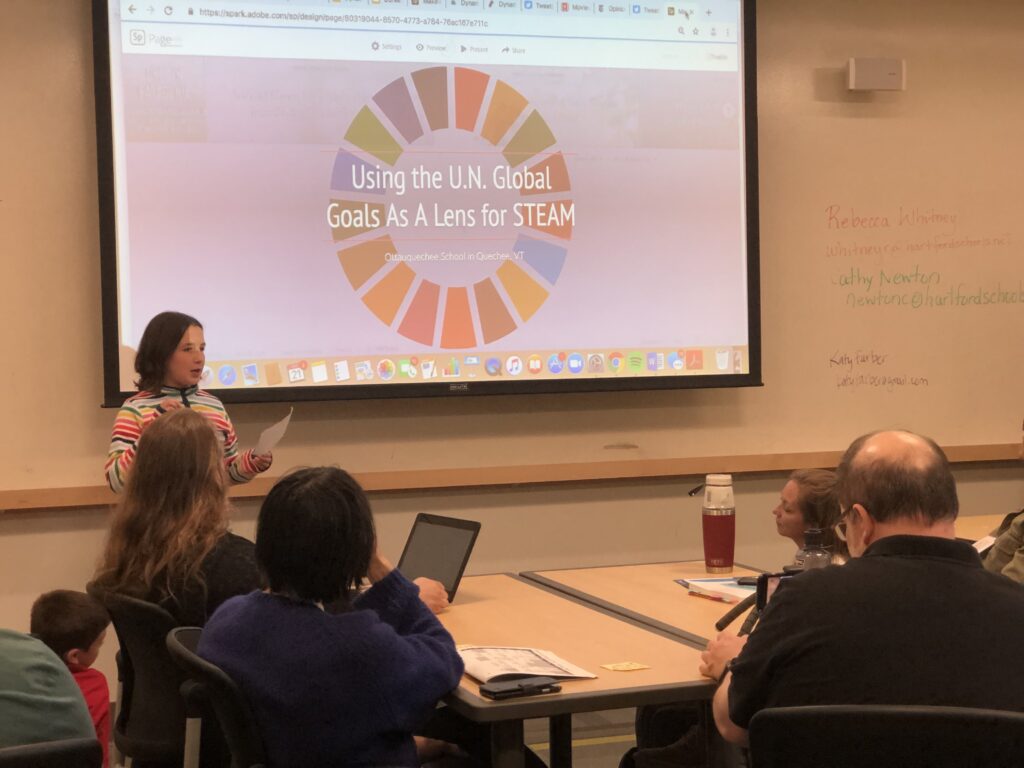
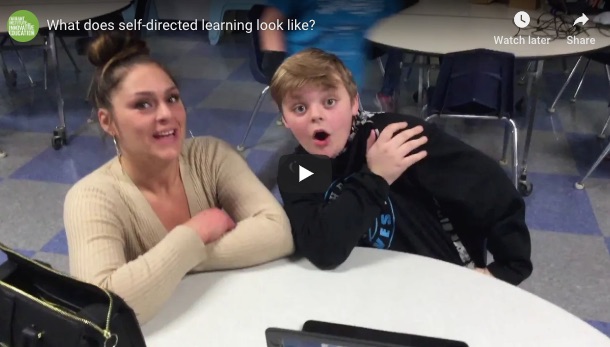

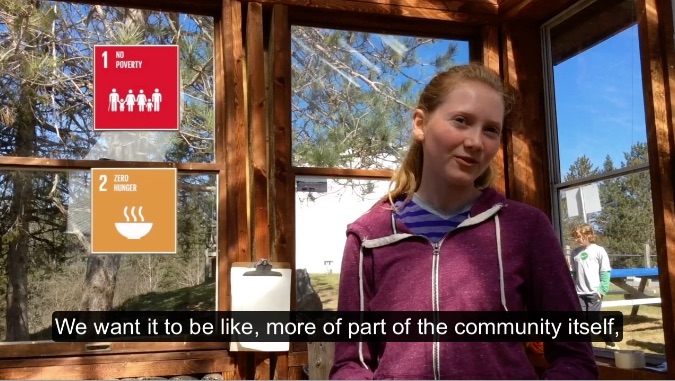

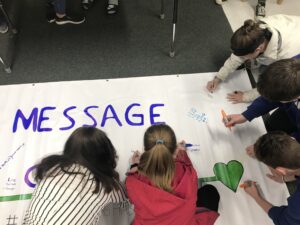
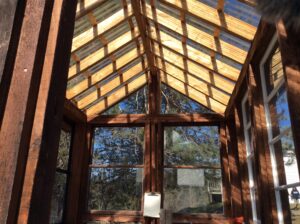
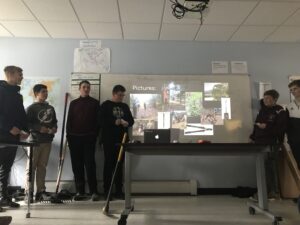
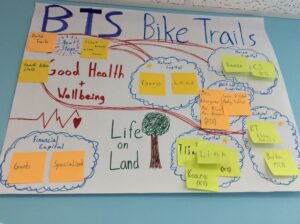
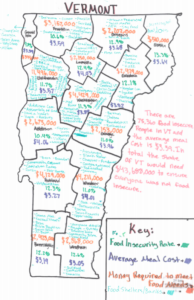
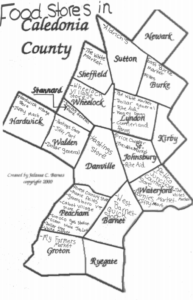
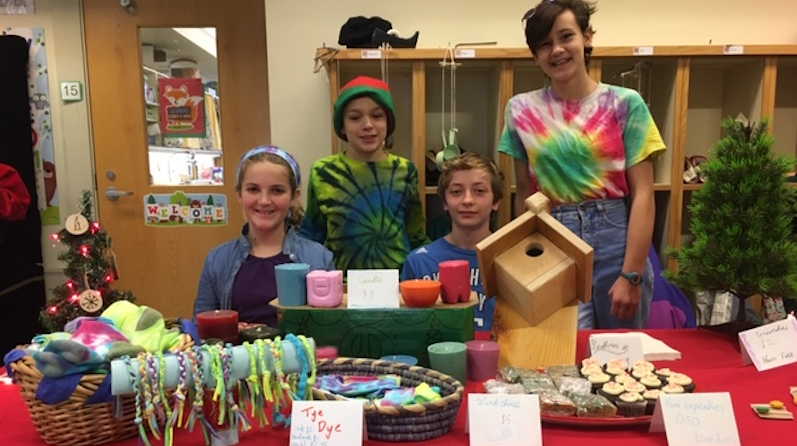

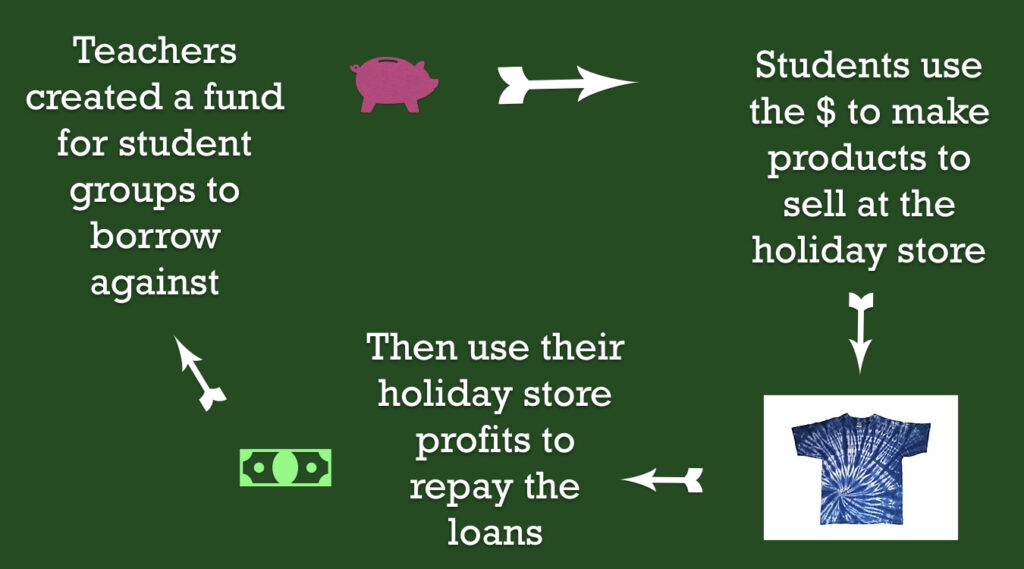
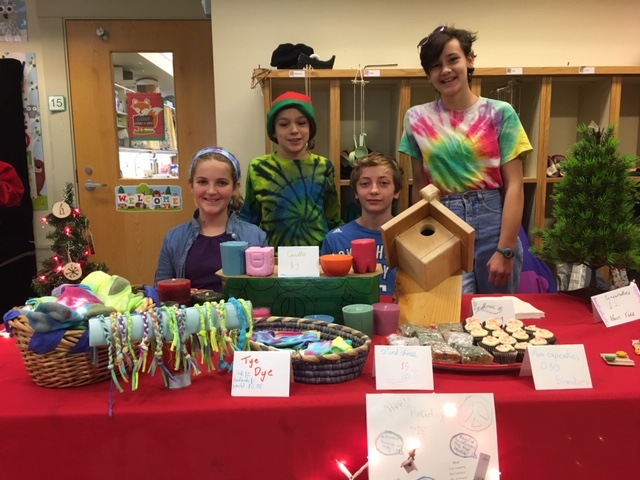

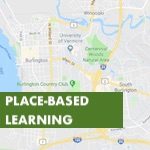 With support from the local historical society, 7th graders in Manchester VT set about documenting the history of individual buildings during the town’s 1910 heyday. They went on walking tours, interviewed longtime residents, dug through old historical documents and photos, produced a documentary for each building and even created 3D-printed scale models of each building, for their ongoing town map. And community members, in return, appreciated the interest these students took in the town’s history.
With support from the local historical society, 7th graders in Manchester VT set about documenting the history of individual buildings during the town’s 1910 heyday. They went on walking tours, interviewed longtime residents, dug through old historical documents and photos, produced a documentary for each building and even created 3D-printed scale models of each building, for their ongoing town map. And community members, in return, appreciated the interest these students took in the town’s history.



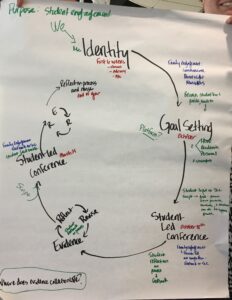
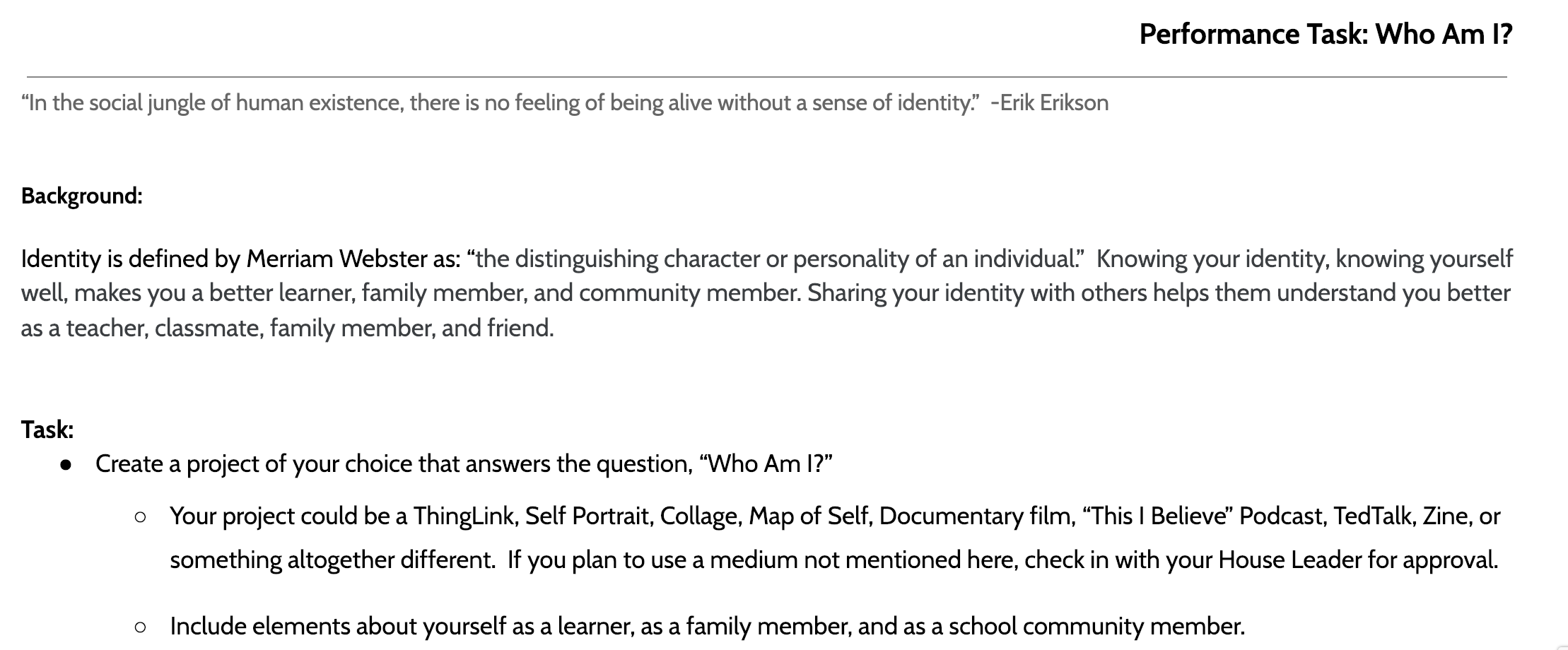
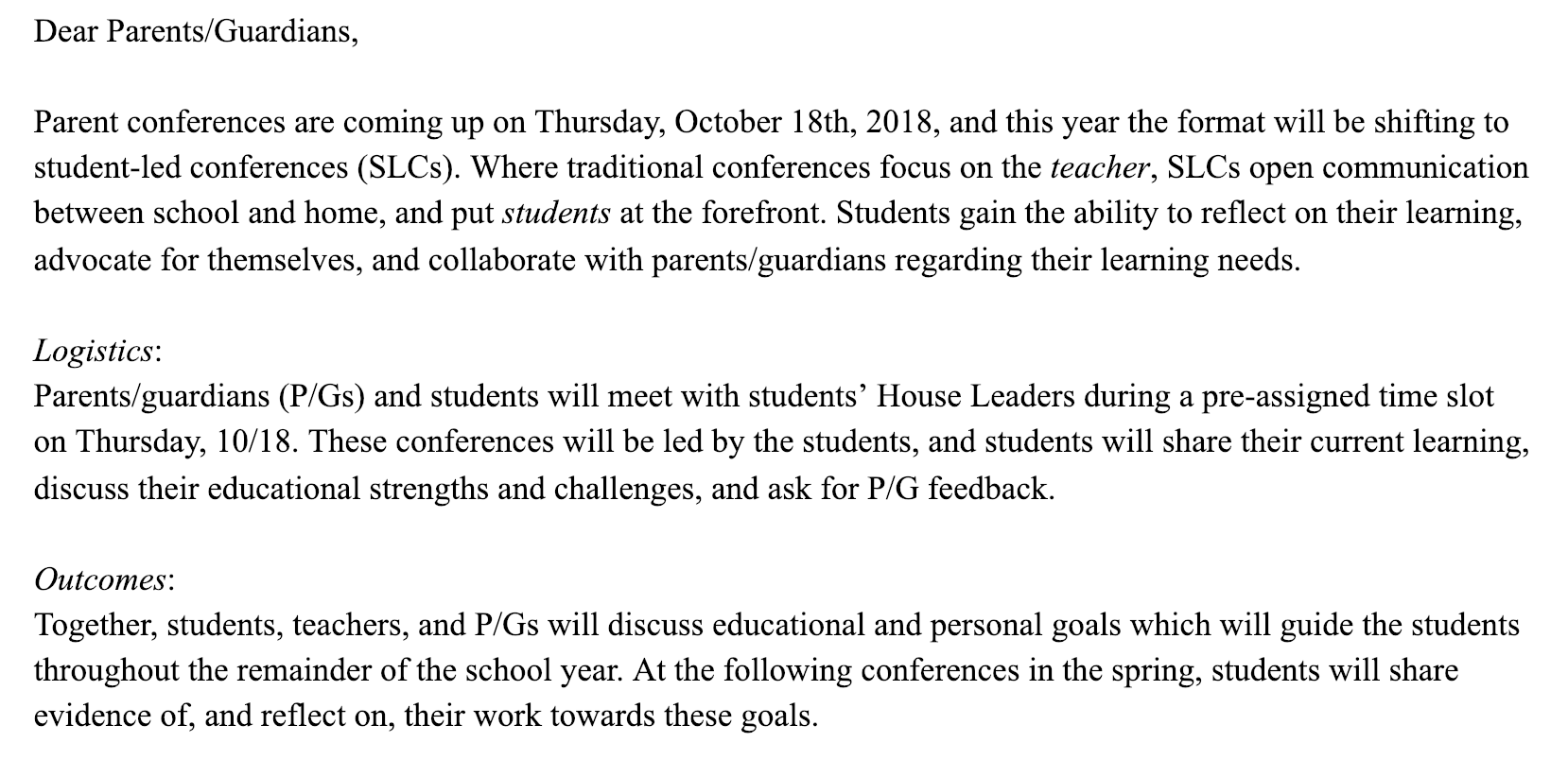
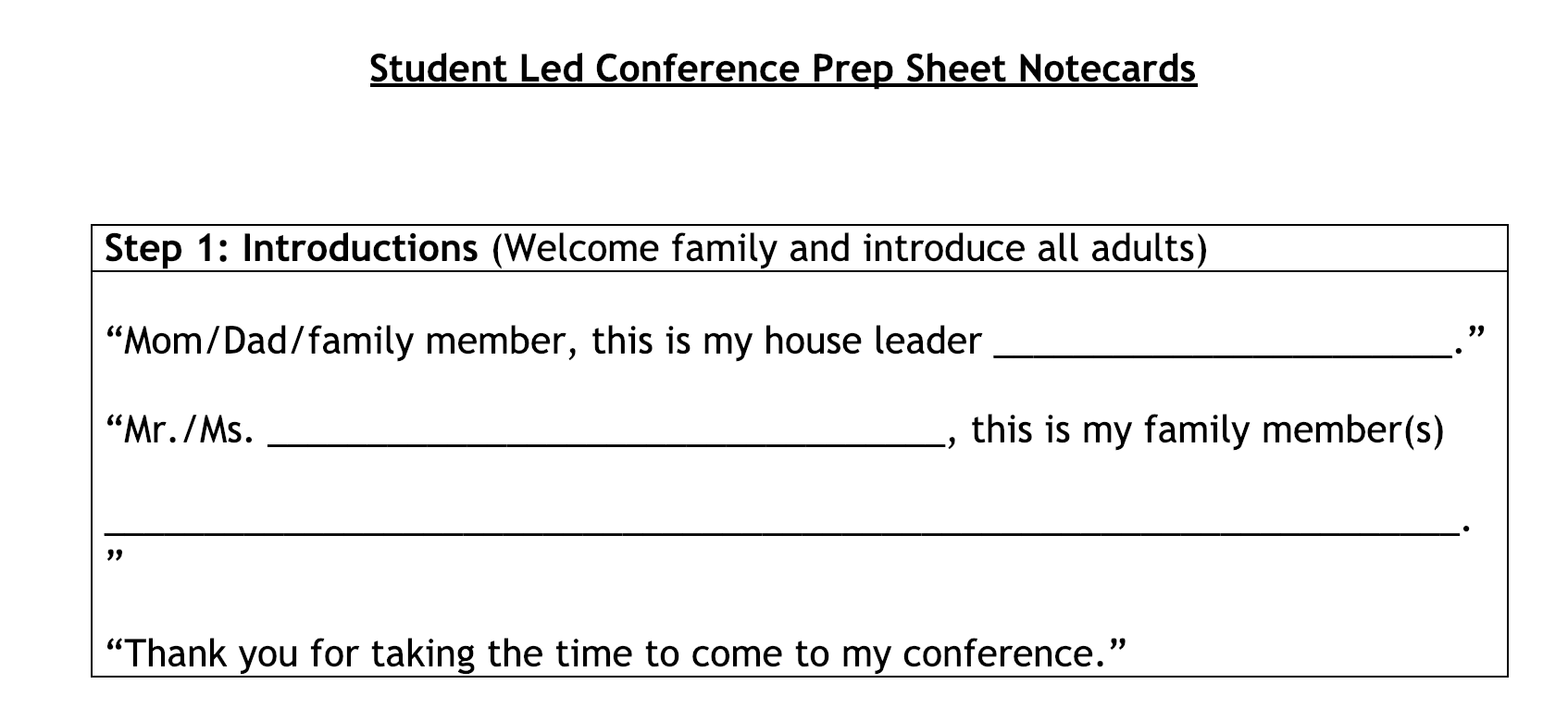
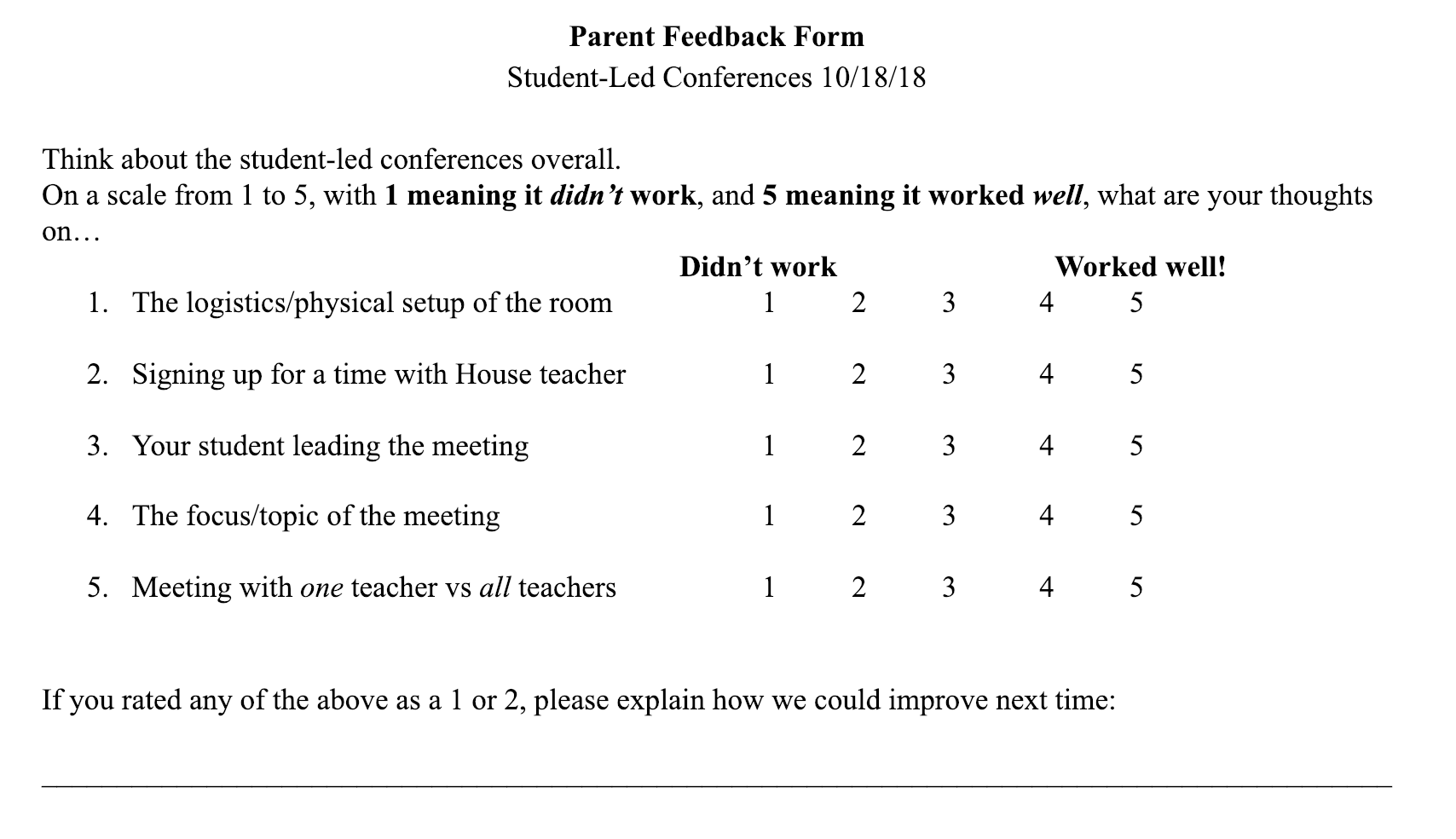



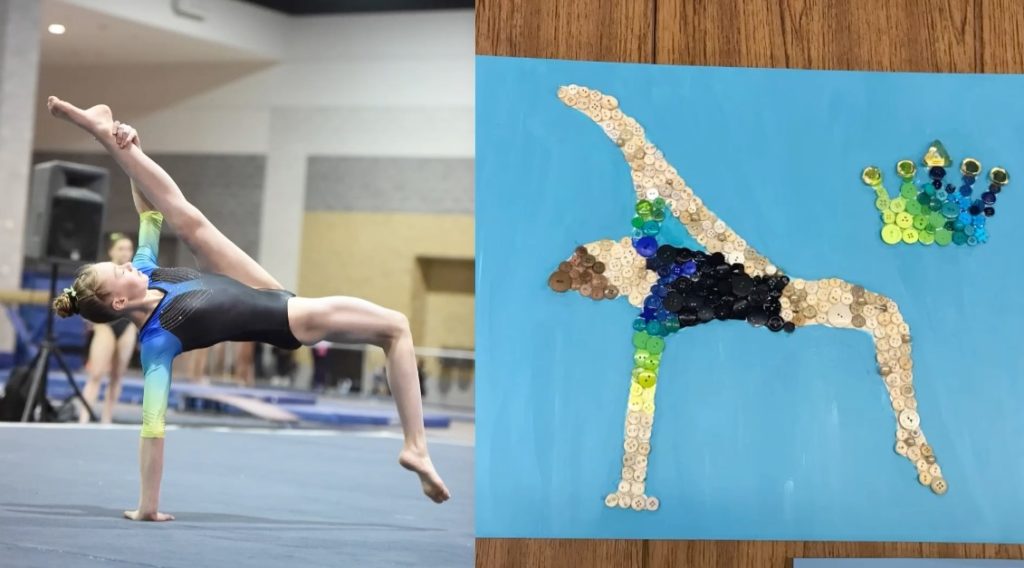
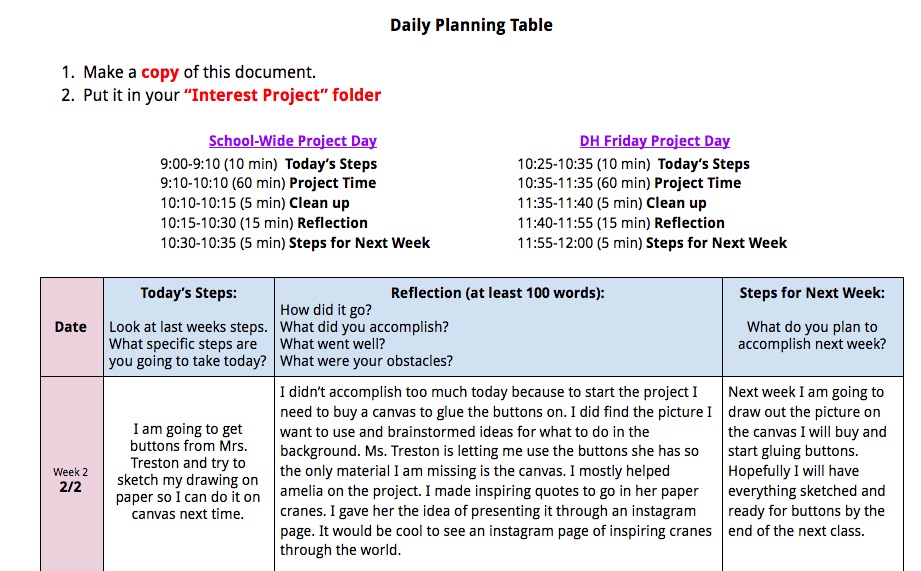
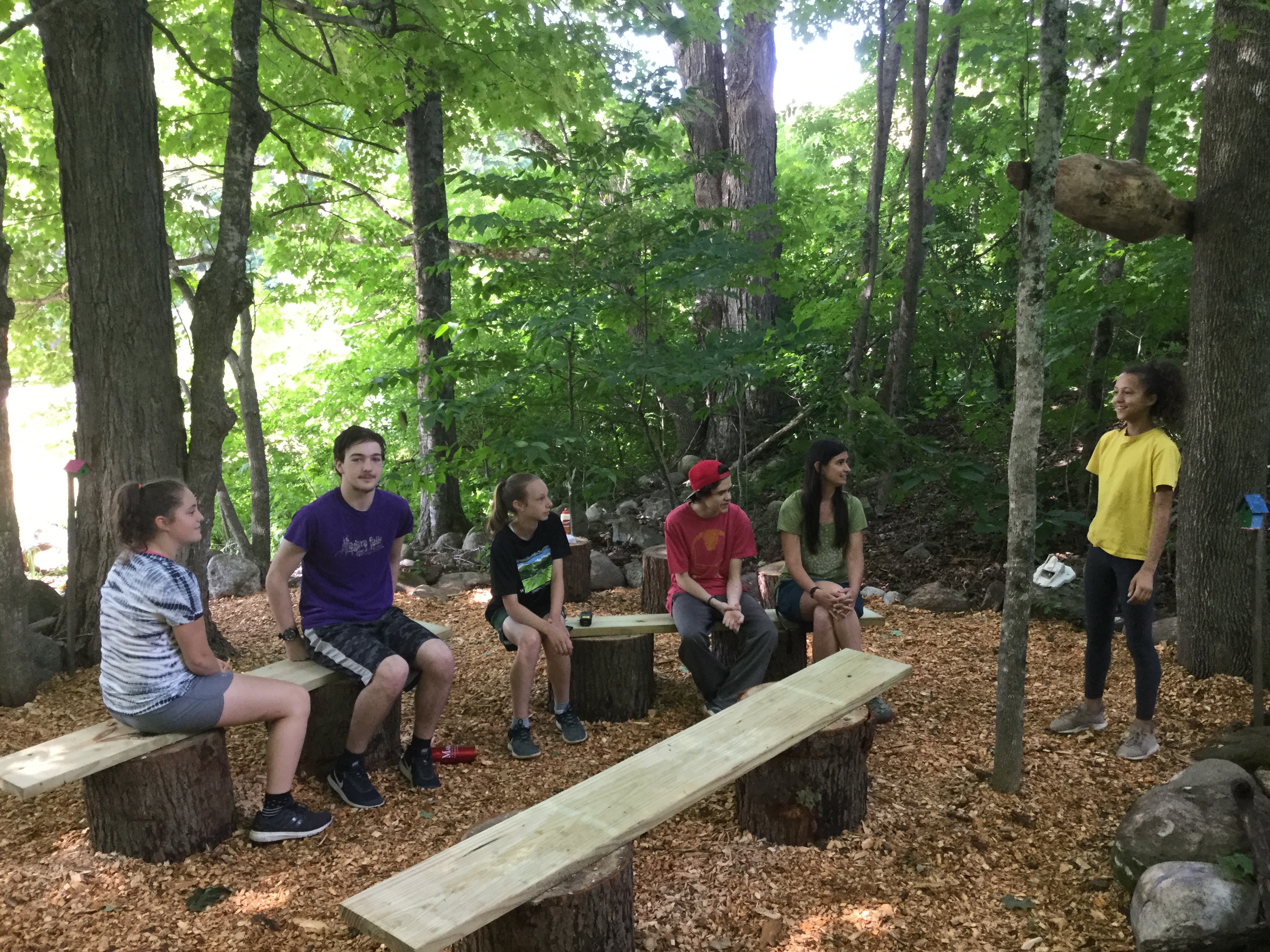

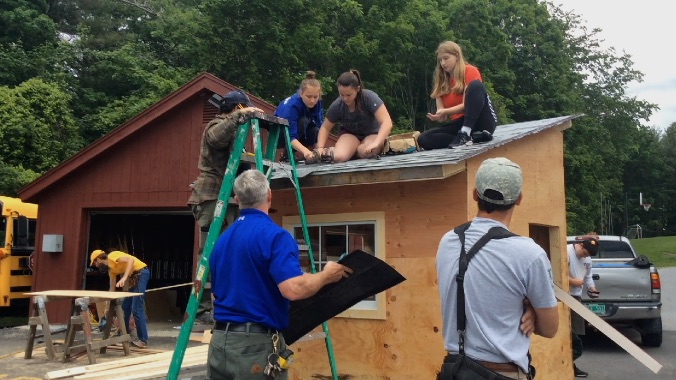

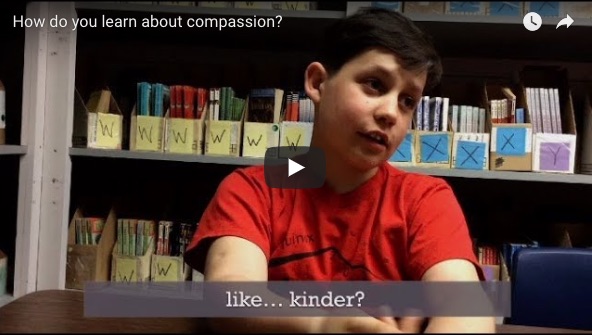
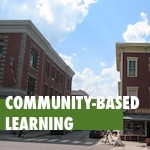
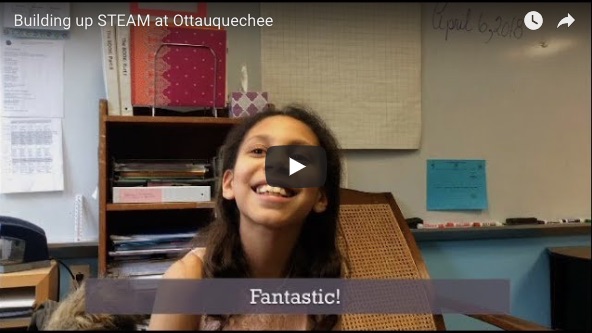
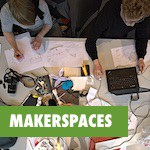
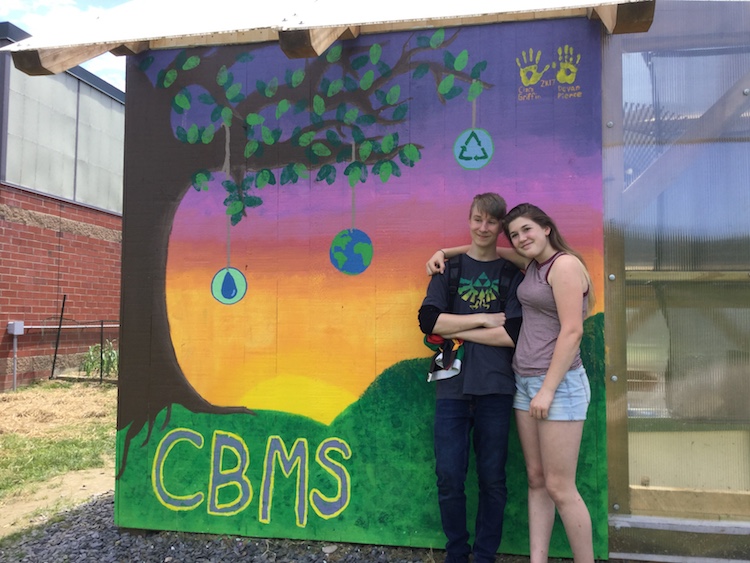
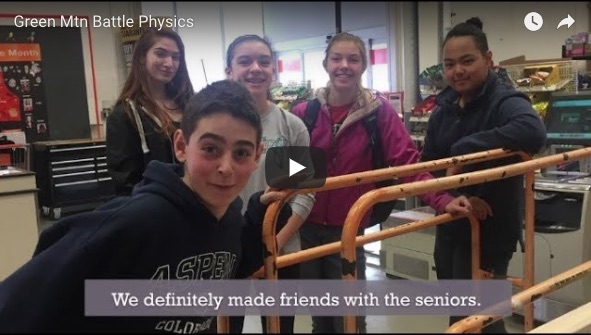
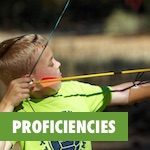 Green Mountain 7th graders and HS physics students apply math and science to a real-world problem: hitting targets. They collaborate in multi-age teams to design and build projectile launchers. Then they calculate trajectories and calibrate their creations before taking aim.
Green Mountain 7th graders and HS physics students apply math and science to a real-world problem: hitting targets. They collaborate in multi-age teams to design and build projectile launchers. Then they calculate trajectories and calibrate their creations before taking aim.
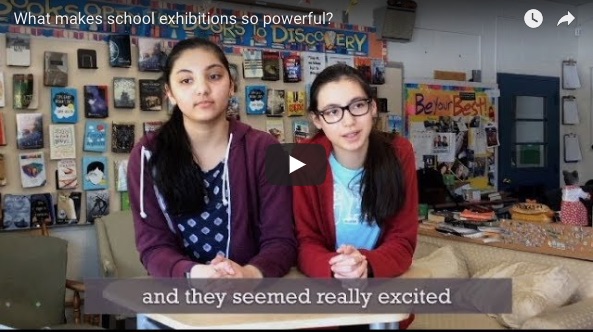
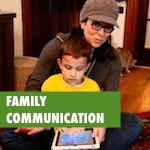

 TED Talks are short, personal powerful storytelling. Now: how can students use this medium as motivation to learn, to explore their purpose, extend their perspectives and understandings, and develop strong storytelling and presentation skills?
TED Talks are short, personal powerful storytelling. Now: how can students use this medium as motivation to learn, to explore their purpose, extend their perspectives and understandings, and develop strong storytelling and presentation skills?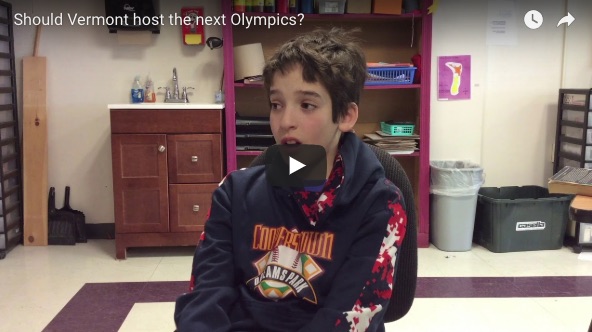
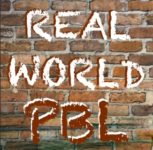
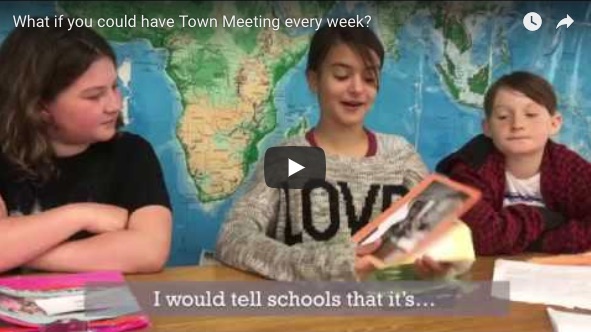
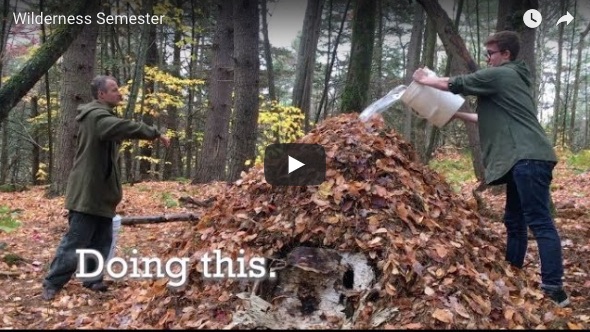
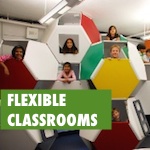
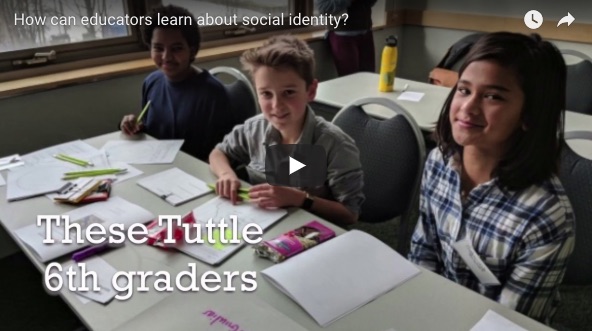
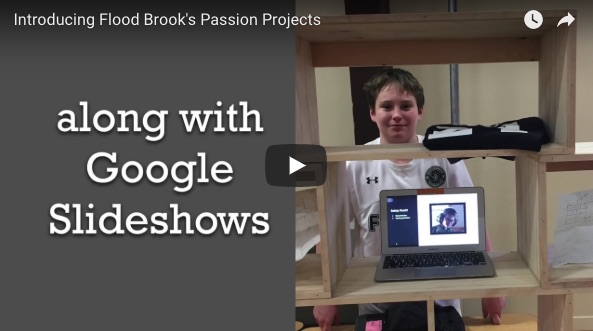
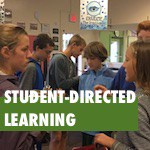 Flood Brook School buzzed with excitement. Students brought in their projects on tables or on carts, the weight sometimes shared with friends. As they set up their displays, parents, teachers, younger students and community members milled about, waiting for the opportunity to learn more about student projects and process. One student fired his trebuchet in the center of the room to great fanfare.
Flood Brook School buzzed with excitement. Students brought in their projects on tables or on carts, the weight sometimes shared with friends. As they set up their displays, parents, teachers, younger students and community members milled about, waiting for the opportunity to learn more about student projects and process. One student fired his trebuchet in the center of the room to great fanfare. 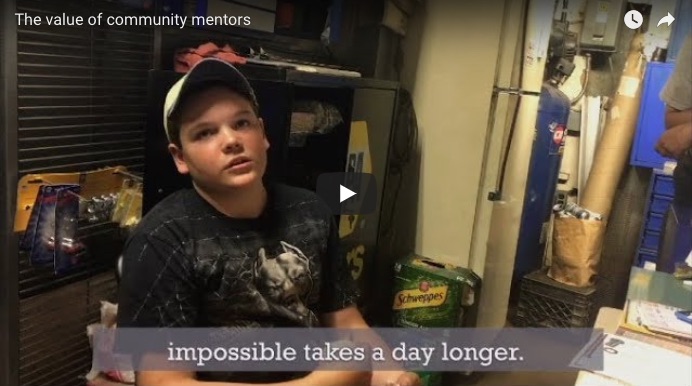

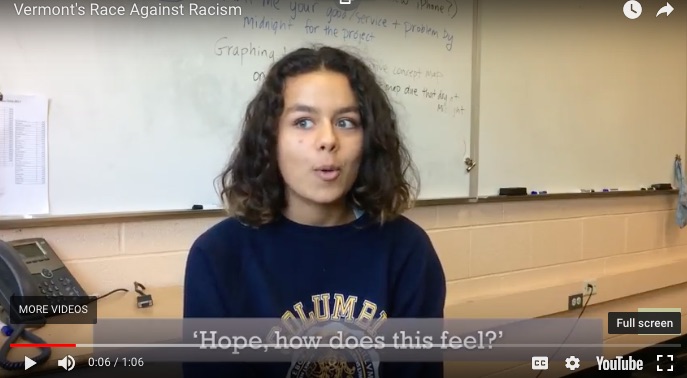
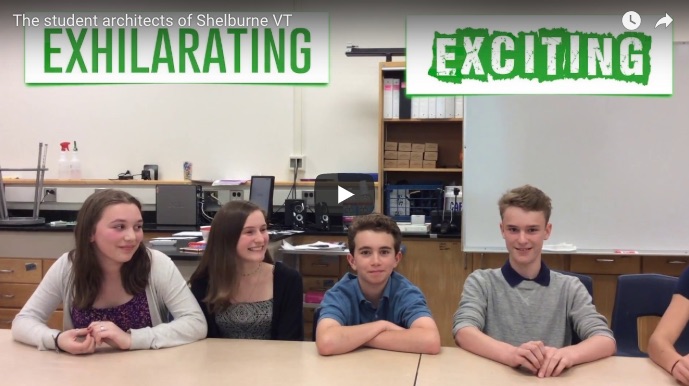
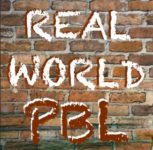
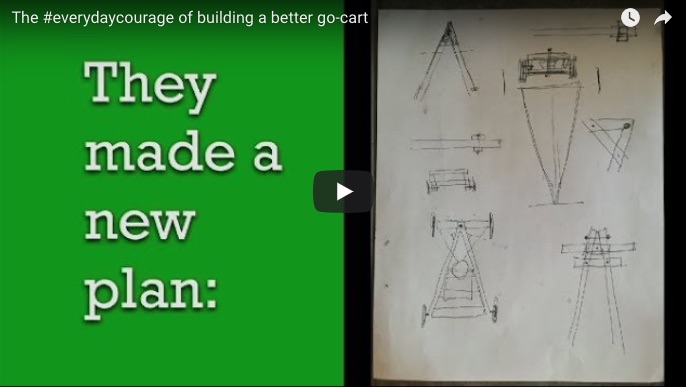
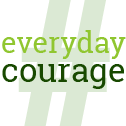 A trio of students at Crossett Brook Middle School, in Duxbury VT, have spent the past two years building a go-cart. When their first cart snapped in half on its maiden voyage, the students took that incident as a challenge, and the next year, they figured out what had gone wrong, and better yet, what would make it go right.
A trio of students at Crossett Brook Middle School, in Duxbury VT, have spent the past two years building a go-cart. When their first cart snapped in half on its maiden voyage, the students took that incident as a challenge, and the next year, they figured out what had gone wrong, and better yet, what would make it go right.